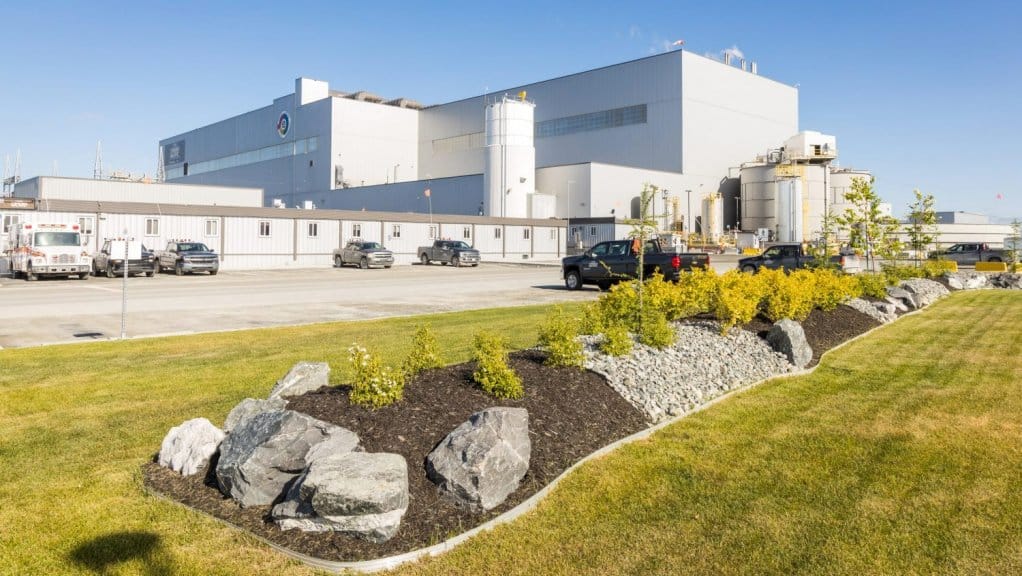Gold miner Agnico Eagle has posted record second-quarter production, reflecting 100% ownership of the Canadian Malartic mine for the full three months, combined with a strong operational performance at all producing sites.
The miner, which bought the remaining 50% of Canadian Malartic previously owned by Yamana Gold, produced 873 294 oz at an all-in sustaining cost (AISC) of $1 150/oz.
This compares with quarterly production of 858 170 oz in the prior-year period, as the additional production from the acquisition of the remaining interest in Canadian Malartic was partially offset by lower production at Detour Lake, in Ontario, and LaRonde, in Quebec.
Gold production and costs in the second quarter were better than anticipated, reflecting strong operating performance across the company’s mines, despite the challenges related to wildfires in northern Ontario and Quebec, and the caribou migration in Nunavut.
At Canadian Malartic, the team celebrated production of its seven-millionth ounce in June. In addition, Detour Lake, Goldex and Macassa each achieved record quarterly mill throughput rates, while Meliadine recorded its best-ever monthly mill throughput in May.
The better-than-anticipated performance is driving solid financial results, president and CEO Ammar Al–Joundi said recently.
Agnico Eagle reported quarterly net income of $0.66 a share and adjusted net income of $0.65 a share in the quarter.
“With this excellent start to the year, we are tracking very well to meet our annual production and cost guidance,” said Al-Joundi.
The company is forecasting 3.24-million to 3.44-million ounces at an expected cash cost per ounce of $840 to $890 and an AISC of $1 140/oz to $1 190/oz for the year.
The 2023 guidance assumes Kittila operating at a rate of 1.6-million tonnes a year. A decision by the Supreme Court of Finland to either maintain the 1.6-million-tonne-a-year permit or revert to the two-million-tonne-a-year permit is expected in the third quarter.
Meanwhile, Agnico Eagle is continuing to advance various studies of key pipeline projects in the Abitibi gold belt, with the objective of leveraging its existing infrastructure.
These studies assess potential production opportunities at the Macassa Near Surface and the Amalgamated Kirkland (AK) deposits, and at the Upper Beaver and Wasamac projects. These evaluations include an assessment of ore transportation via rail or truck to the company’s existing processing facilities in the region, with a goal of increasing future gold production at lower capital costs and with a reduced environmental footprint.
Al-Joundi said the results of these studies would be reported in the first half of next year.



